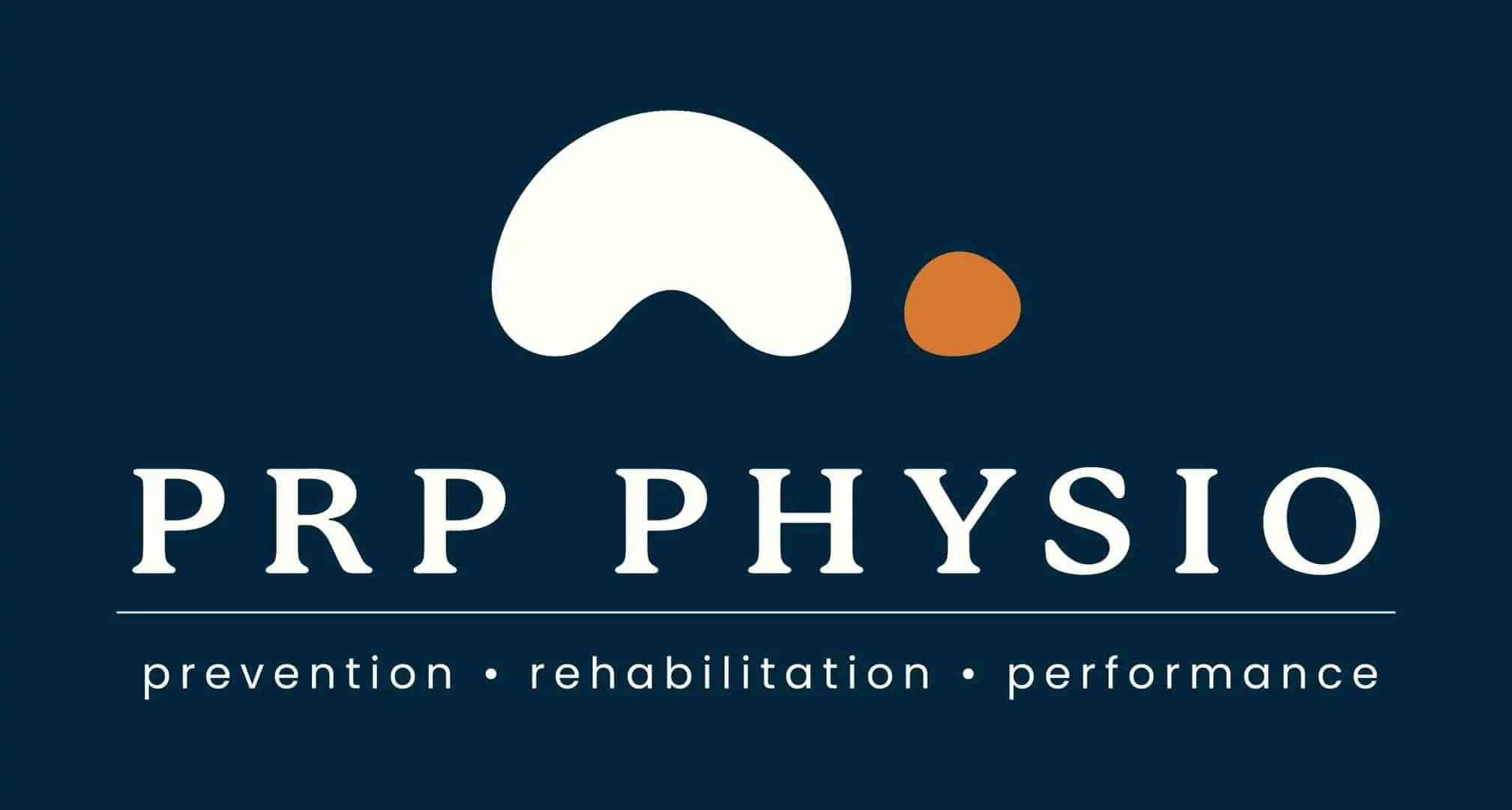Shoulder Pain Physiotherapy
Shoulder pain is a b*^%$ch I get it, I’ve had a few small episodes of shoulder pain and it wasn’t fun, let alone suffering a shoulder injury like a dislocation or a labral tear. Research suggests that up to 67% of people suffer shoulder pain in their lifetime and it doesn’t seem to get less common as we get older with people older than 50 commonly reporting episodes of shoulder pain. So why do so many people get shoulder injuries? Is it because we use it so much, maybe because it’s such a mobile joint, or are we just a bit unlucky? I think it’s a combo of the first two, with a hint of number three on occasions. Because the shoulder is required to perform movements with such a variety and such a large range of motion we need to have a shallower joint socket with more of an active stability system aka the rotator cuff. The rotator cuff works to dynamically stabilise the humerus within the shoulder joint through movement. What happens though if our rotator cuff gets a little weak or a little underused, or if we try to do a little too much too quickly, this is often where we run into trouble. Acute injuries such as a dislocation or some occasions such as rotator cuff tears can occur with more one-off acute traumas such as a traction force on the arm, falling onto an outstretched arm, or catching or lifting a heavy object. Shoulders are incredibly mobile and on occasions, unstable structures in the right positions and under the right load, keep them strong and keep everything around them mobile and you’ll do your best to keep a healthy set of shoulders.
Shoulder pain can be incredibly diverse ranging from acute to chronic rotator cuff tears, to AC joint sprains and shoulder dislocations requiring surgery. As a physio, the shoulder is always keeping me on my toes with what could be going on. Sometimes shoulder pain isn’t even caused by the shoulder, on occasions, it’s caused by the cervical or thoracic spine. All I know is it takes time to determine an appropriate diagnosis and treatment pathway.


What we will discuss:
What we will assess:



How we treat it
Returning to Sport


Preventing shoulder pain
- Lift above head
- Carry
- Rotate
- Lift and rotate
- Carry overhead
- Reach behind our back/head
We need to be able to practice and improve the capacity to perform all of these movements and functions if we truly want to work towards reducing our risk profile for shoulder pain. Getting in the gym is a great option, but some people don’t either have the time or they don’t enjoy it, so why not get around the house and do some of those jobs your spouse has been wanting you to do? Being active and using your shoulder will help develop its tolerance, just don’t go doing too much too soon.
The shoulder is pretty darn complex even without considering how we need to integrate the rest of the body into a lot of the movements. Consider a tennis serve, it seems very shoulder dominant, but if you took away the actions from the rest of the body athletes would lose a vast amount of power on their serve. So preventing shoulder pain in the athlete isn’t just about the shoulder. Athletes should be considering their sport and what they need to perform. Shoulder health in athletes often relies on thoracic and lumbar mobility, hip strength and power output, shoulder strength and endurance, and even all the way down to calves if we are looking at a tennis serve. Keep your entire body in check to help reduce your risk profile for shoulder pain or a shoulder injury if you are an athlete.
Treatment Packages
3 Week Program
Our 3-week program was designed for clients who have suffered an acute injury and want to get out of pain ASAP. This package could be suitable for clients who have suffered the recent onset of shoulder pain following an acute increase in activity, a recent diagnosis of bursitis, a lower-grade AC joint sprain, or an injury sustained at the gym.
Our 3-week program is inclusive of the following:
- 3xweekly 45min physiotherapy consults
- $40 equipment allowance for bands, trigger point balls, foam rollers etc.
Package price: $770
6 Week Program
Our 6-week program is designed for clients who have sustained a higher-grade injury. This could include clients who have a longer period of shoulder symptoms (often around 1 month or longer), higher-grade AC joint sprains, ongoing bursitis, or a rotator cuff tear.
Our 6-week program is inclusive of the following:
- 2xweekly 45min physiotherapy consults
- $80 equipment allowance for bands, trigger point balls, foam rollers etc.
Package price: $1050
12 Week Program
Our 12-week program is designed for clients who have sustained higher-grade injuries such as a shoulder subluxation or even a dislocation pending potential surgical opinion, or persistent shoulder pain either due to bursitis or other causes.
Our 12-week program is inclusive of the following:
- 2xweekly 45min physiotherapy consults
- $150 equipment allowance for bands, trigger point balls, foam rollers etc.
Package price: $2050
